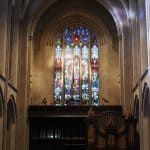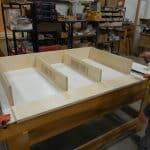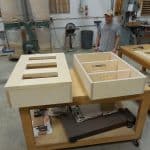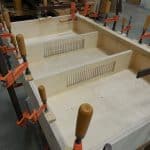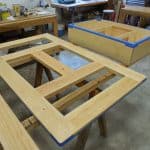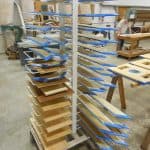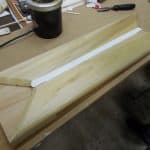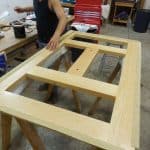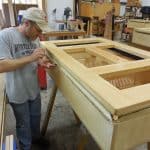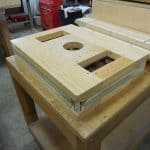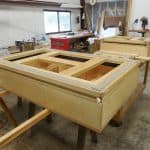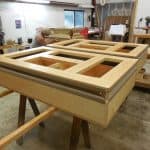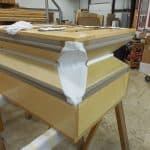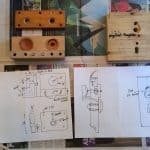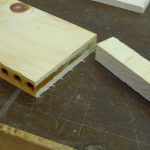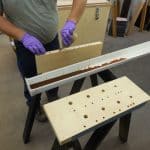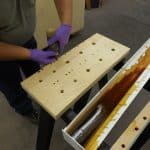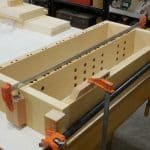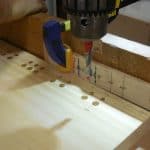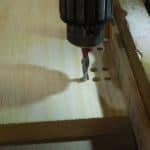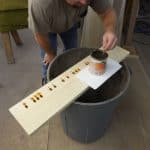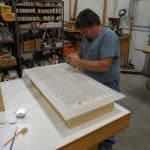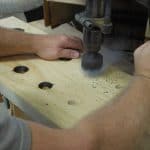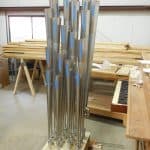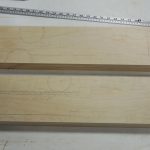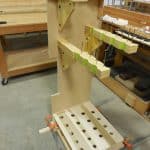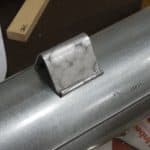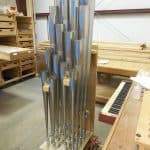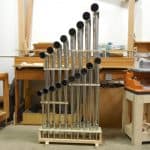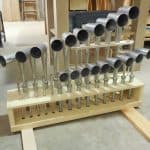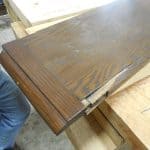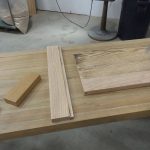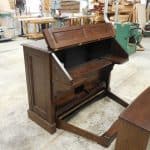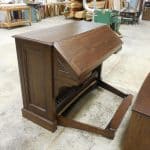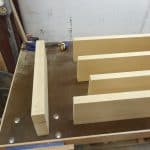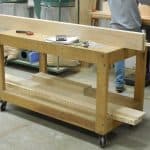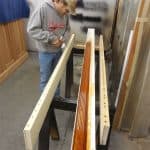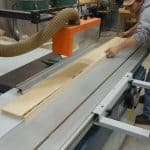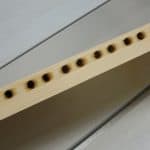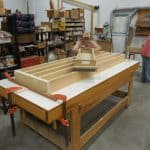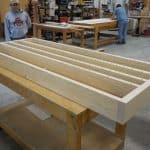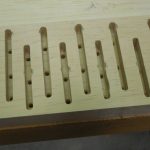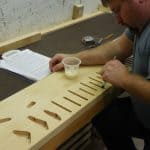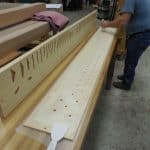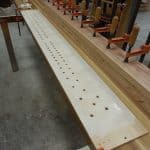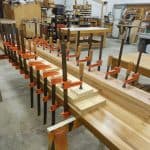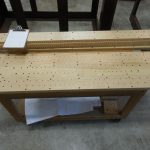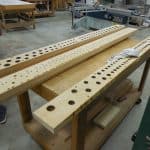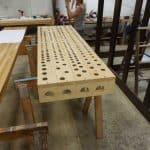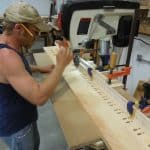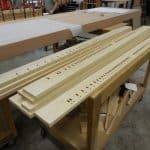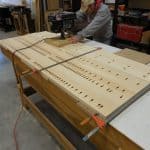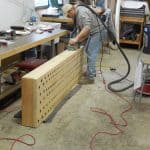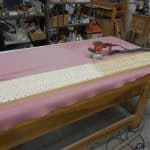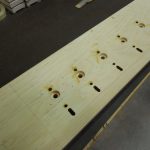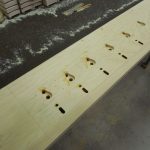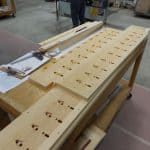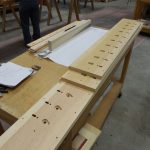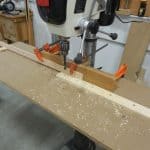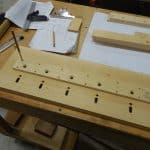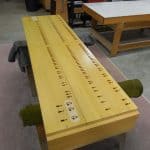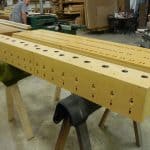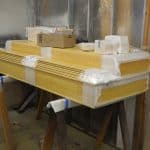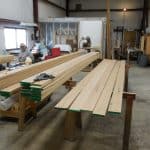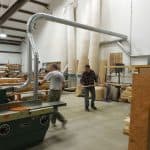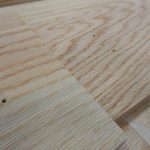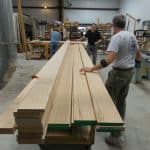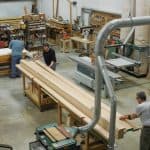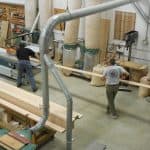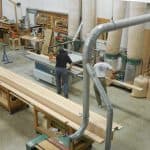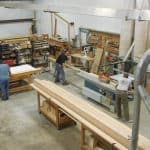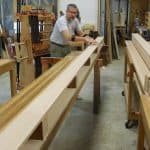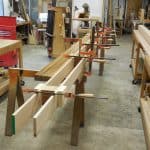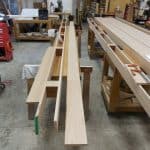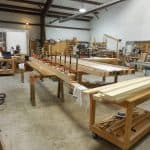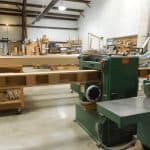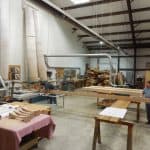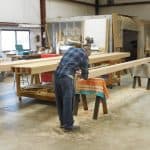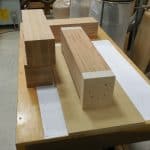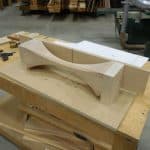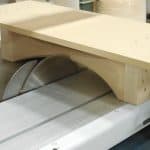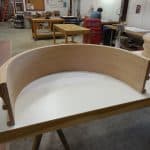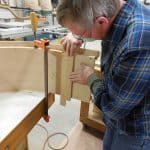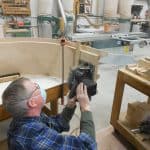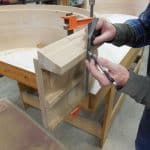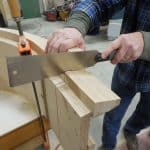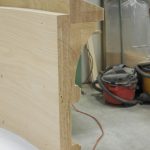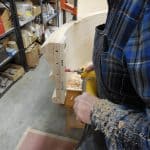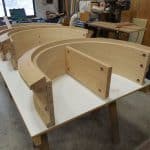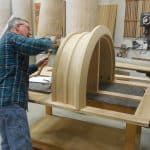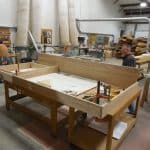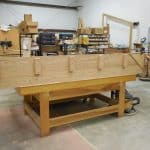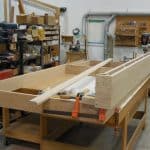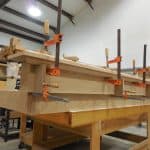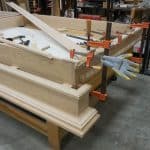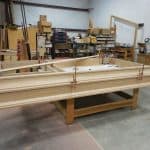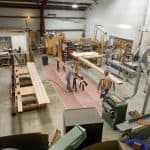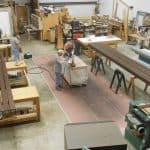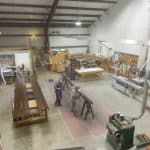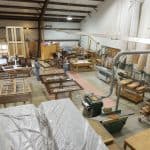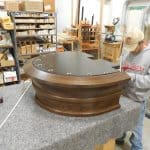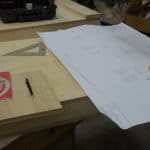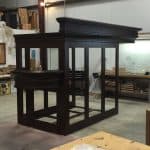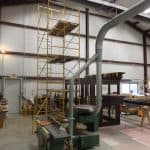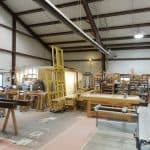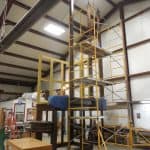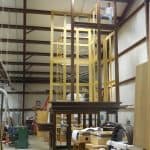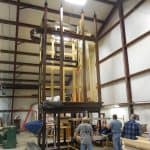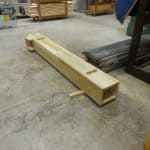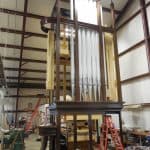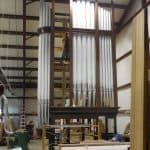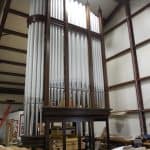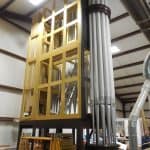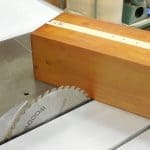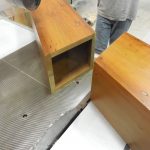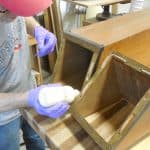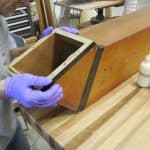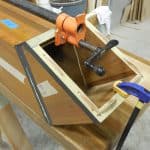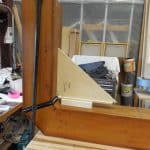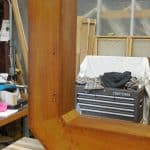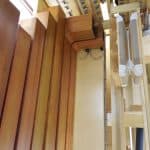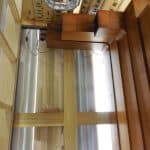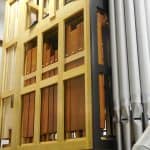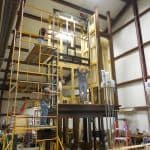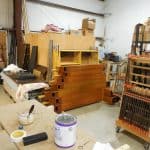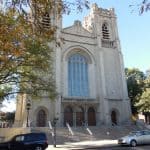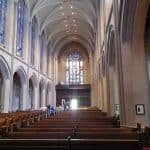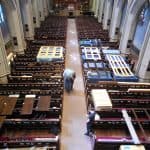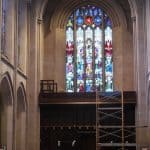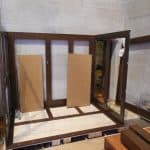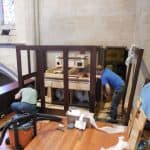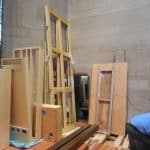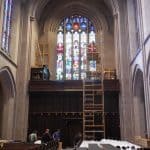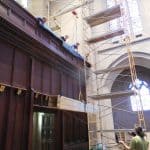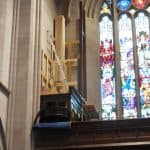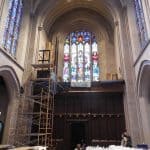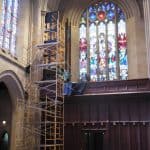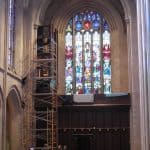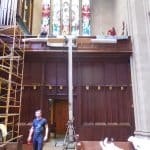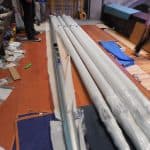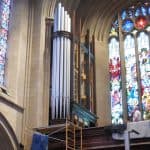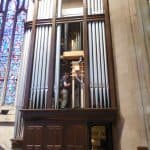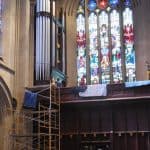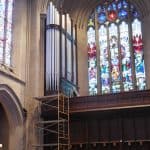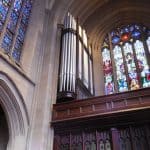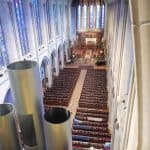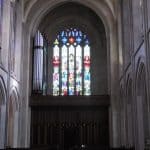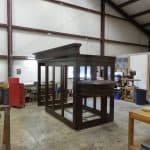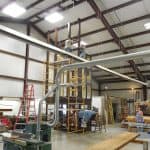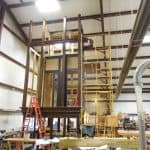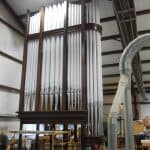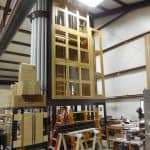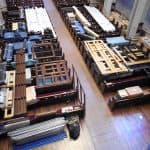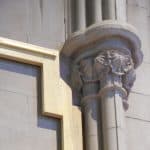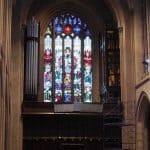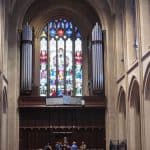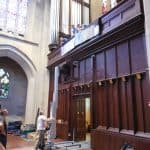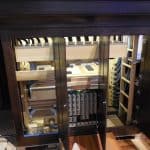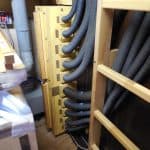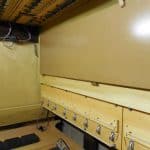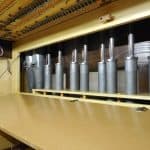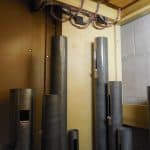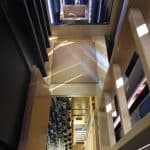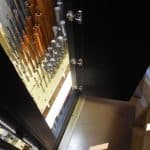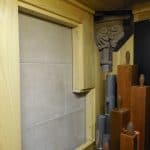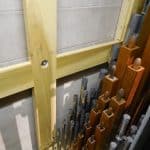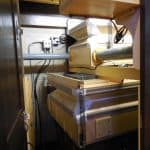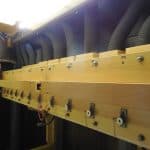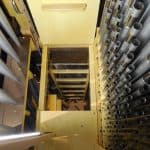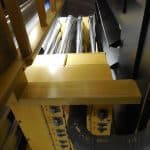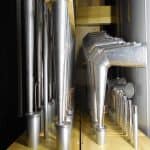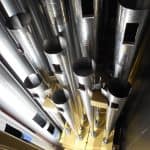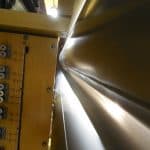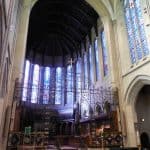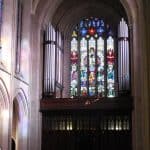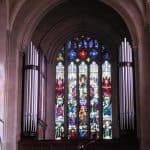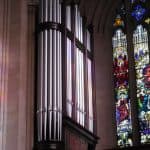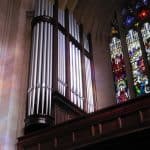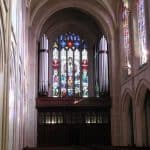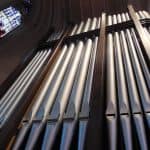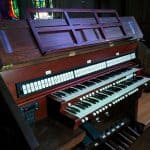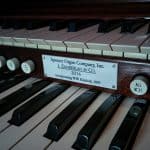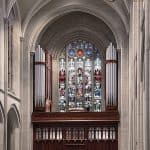Collaboration with Spencer Organ Co., Inc. and Jonathan Ambrosino
W. Kimball of Chicago constructed its Opus 7231, the last large instrument they built before ceasing operations in 1942, for St. John’s Episcopal Cathedral in Denver, Colorado. The four-manual, 96-rank organ of 5,949 pipes was dedicated on May 18, 1938, and included preparations for an Antiphonal. While the organ received regular maintenance through the years, like anything it slowly deteriorated over time; however, it escaped the fate of so many organs from that vintage and remained in original mechanical and tonal condition.
In 2009, the Cathedral chose the Spencer Organ Company, Inc. (spencerorgan.com) of Waltham, Massachusetts to restore the organ back to its original condition. I already knew Joseph K. Rotella, President of Spencer, professionally through the American Institute of Organbuilders; in addition, Spencer had done some releathering for us, and we had done some cabinetmaking for them. I was still a bit surprised, though, when Joseph called and asked if we would be available to assist them with the restoration work. What this turned out to entail were numerous trips to Denver to work on-site, in addition to preparatory work in our shop — all told, over 3,000 man-hours just on our part. Working with Spencer on this project was an honor for us, and I personally gained a newfound appreciation for organs of this vintage, especially by this firm. I still find the sound of the main chorus amazing, unlike anything I would have expected from a 1930’s organ by any American builder. The restored instrument was rededicated by Paul Jacobs in a sold-out concert on November 5, 2011, and continues to play a prominent part in both the worship of the church as well as the Cathedral’s music series.
Around the time that the restoration of the chancel organ was beginning to approach its conclusion, some discussions started about the planned-for Antiphonal. Joseph indicated his desire that, should Spencer build such a division, we would play a primary role. The project languished for several years, but began to gather steam during the summer of 2014, and eventually Joseph, Jonathan Ambrosino and I met in Denver for two days in October 2014 to photograph and measure the Cathedral’s choir loft, as well as discuss aspects of the project.
The Cathedral signed a contract with the Spencer Organ Company, Inc. in January 2015 for the construction of the new Antiphonal. While J. Zamberlan & Co. was not a contractor in the legal sense, the intention had always been that we would be responsible for the design, construction and erection of the organ in our shop, as well as helping set it up at the church. Design work progressed in our shop as other facets of the job proceeded in Boston — scales were set, a few pipes ordered (most of the pipework is from an 1899 Kimball) and a dozen other myriad tasks involved in the construction of a new instrument. Some of these — unfortunately but naturally — took longer than desired or expected.
All chests are of unit design and incorporate some of the best features of both Æolian-Skinner and Kimball practice (as Joseph explained to me), for the best long-term reliability. The frames, toeboards and bottom boards were built in our shop of kiln-dried sugar pine while the pouchrails are of quartersawn poplar; after finishing, these were all shipped to Waltham where the Spencer crew attached and wired chest magnets, installed pouches and primaries and racked pipes. The reservoirs were built in our shop, and are based on several Skinner reservoirs we restored a few years back; the high-pressure reservoir for the Tuba even includes internal gussets, a prudent (albeit finicky to install) feature when dealing with 15” pressure. The cases are of red oak, stained and finished to harmonize with the several shades of brown found in the gallery and its vicinity, as well as poplar for internal frames. With the exception of the large curved case pieces and moldings, as well as the raised-panel doors, the cases were also built entirely in-house. Spencer supplied a stripped 1950s-era Æolian-Skinner console, which we then finished to match the new woodwork, for the gallery. This console controls the gallery organ via tilt-tabs mounted in the nameboard, but can also control the entire chancel organ through a touchscreen and several dedicated pistons.
The left case, containing the Great chests and half of the Bourdon 32’ low octave, was featured in a May 1, 2016 Open House at our shop, after which it was disassembled and trucked to Colorado, where it was installed during the middle of May. During the summer, construction proceeded on the right case (Swell), which was installed in the middle of August 2016, with some “finishing-up” work through the middle of September. The completed Antiphonal was dedicated on September 30, 2016 in a concert by Eric Plutz, also featuring the St. John’s Cathedral Choir singing the Widor motet Surrexit a Mortuis for 4-part choir and double organ. In this instance, the front organ played the part of the Grand Orgue normally in the rear of a French church, while the Antiphonal took the part for the smaller orgue de choeur usually located in the front with the choir. While the physical locations were reversed for all involved, the sonic result was absolutely convincing and splendid!
The finished Antiphonal includes 15 voices, 17 ranks and 1,096 pipes. This organ is physically the largest we’ve built to date (each of the twin cases is 27 feet from the floorframe to finial tips), and its successful construction and erection, in both the shop and the Cathedral, were confirmation to me that our shop is capable of tackling major projects, despite our relatively small size. The project was also another happy collaboration with Spencer Organ — each firm bringing its own strengths to the table. It truly was a pleasure working with Joseph and his crew once more.
GREAT (Manual I, C1-c61)
Open Diapason 8’
Octave 4’
Fifteenth 2’ (ext.)
Mixture II-III (2’)
Hooded Tuba 8’
enclosed separately
Gemshorn 16’ (ext.)
Gemshorn 8’
Stopped Diapason 8’
Flute d’Amour 4’ (ext.)
Oboe 8’
Tremolo
Great Unison Off
Great 4’
Swell to Great 16’
Swell to Great
Swell to Great 4’
SWELL (Manual II, C1-c61, enclosed)
Violin Diapason 8’
Echo Salicional 8’
Voix Celeste 8’
Gedackt 8’
Harmonic Flute 4’
Piccolo 2’ (ext.)
Double Trumpet 16’ (ext.)
Trumpet 8’
Oboe 8’ (GR)
Vox Humana 8’
Tremolo
Swell 16’
Swell Unison Off
Swell 4’
Hooded Tuba 8’
PEDAL (C1-g32, AGO)
Bourdon 32’ (ext.)
Open Diapason 16’
Violone 16’ (ext. SW)
Bourdon 16’ (ext. GR)
Octave 8’ (ext.)
Gemshorn 8’ (GR)
Stopped Diapason 8′ (GR)
Super Octave 4’ (ext.)
Flute 4’ (GR)
Double Trumpet 16’ (SW)
Trumpet 8’ (SW)
Great to Pedal
Swell to Pedal
Great to Pedal 4’
Swell to Pedal 4’
Hooded Tuba 8’
ACCESSORIES
Chancel on
Antiphonal off
Chancel/Antiphonal Expression Master
CHANCEL, MANUAL STOPLIST
Violone 16’
Open Diapason 8’
Violin Diapason 8’
Gemshorn 8’
Gedackt 8’
Echo Salicional 8’
Voix Celeste 8’
Octave 4’
Harmonic Flute 4’
Fifteenth 2’
Mixture II-III (2’)
Double Trumpet 16’
Trumpet 8’
Oboe 8’
Vox Humana 8’
Tremolo
Antiphonal 16’
Antiphonal Unison Off
Antiphonal 4’
Tuba 8’ on Choir
Tuba 8’ on Solo
CHANCEL, PEDAL STOPLIST
Bourdon 32’
Open Diapason 16’
Violone 16’
Bourdon 16’
Octave 8’
Stopped Diapason 8’
Double Trumpet 16’
CHANCEL COUPLERS
Antiphonal on Great
Antiphonal on Swell
Antiphonal on Choir
Antiphonal on Solo
Antiphonal to Pedal 8’
Antiphonal to Pedal 4’
